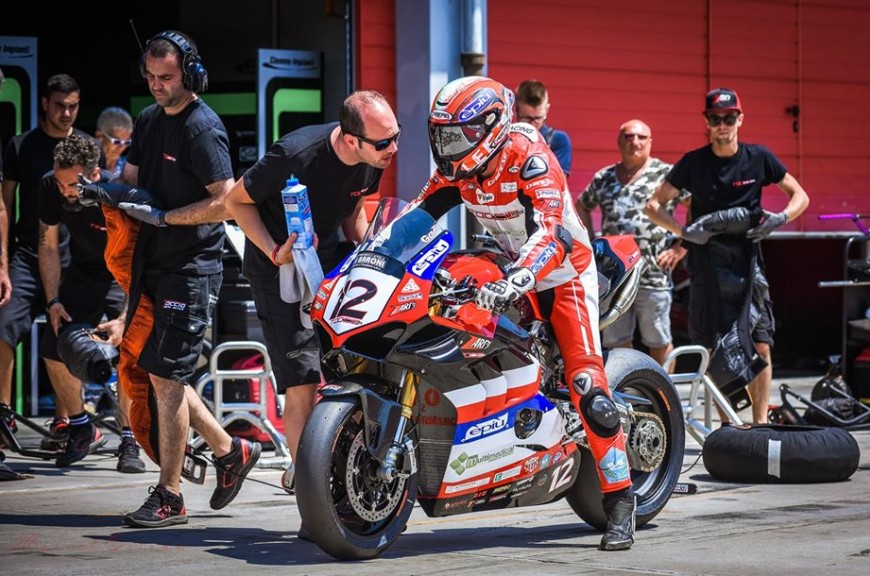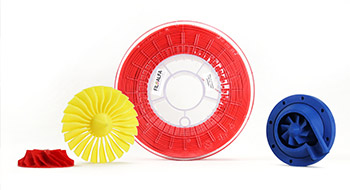FILOALFA Stories Ep. 3 - Toccio Racing
Toccio Racing deals with the preparation and maintenance of racing motorcycles for competitive and amateur use.
The team also offers track assistance on all national and international circuits and at the customer's home.
Through 3d printing and FILOALFA® technical materials, Toccio Racing is able to create specific components to increase the performance of the bikes in the race.
Development and 3D printing
3D printing has allowed Toccio Racing technicians to do "in-house" development of functional components directly through the use of technical materials for 3D printing supplied by FILOALFA®.
In fact, the components developed by the Toccio racing team are not prototypes to be made with traditional technologies, but small productions of definitive and structural components which are then mounted on the bikes.
This allows Toccio Racing technicians to proceed with metal-replacement through 3d printing with much lower costs and times.
Thermec ZED
Toccio Racing has therefore identified the two most congenial materials within the FILOALFA® range of 3D printing filaments: THERMEC ZED and Alfanylon CF.
THERMEC ZED's ability to resist solvents, greases and gasoline has allowed Toccio Racing to create various components subjected to strong mechanical and chemical stresses.
An example is the support of the rear potentiometer, an element that measures the excursion of the mono-shock, which is very close to the exhausts, the chain, and the tire. The realization of this component requires an extremely resistant 3D printing filament, and the THERMEC ZED has made it possible to replace what was traditionally made of aluminum.
AlfaNylon CF
Toccio Racing then created the conveyors for cooling the brake system and the cooling and cleaning system of the dry clutch in Alfanylon CF. The ability to resist heat and impact with the debris of this tough 3D printing filament has made Alfanylon CF the perfect material for these applications.
As regards the modifications to the fairings, the 3d printed aerodynamic fins have been created which, unlike those in carbon, have an internal honeycomb structure. This makes them more rigid and resistant to exploit the aerodynamic load at 300 km/h.
The flaps produced through 3D printing are also structured to break at a predetermined point in the event of a fall. This allows not to tear the hull, therefore to restart and continue the race with a large part of the aerodynamic profile intact.
In addition to the fins, in Toccio Racing they have also developed a fin-deflector that removes excess water from the rear tire in case of rain, increasing performance and grip and minimizing aquaplaning phenomena.
Ecology
The 3D printing applied to the field of motorcycle racing has made it possible to speed up the entire production process, simultaneously reducing costs and the need for energy to process the pieces. In fact, these are no longer produced in metal starting from solid but are made to measure in plastic using only the material necessary for the realization of the component.
For more information on Toccio Racing's activity, please follow them on the social channels Facebook, Instagram, and on their website.
If you want further information about Toccio and the 3d printing filaments used:













